I'm trying to find each node distance from the starting node and the connections between the nodes is given in a dictionary
My code works well with small dictionary like this example but the problem with dictionaries with more than 20 nodes I got an error
if child != parent and child not in my_list:
RecursionError: maximum recursion depth exceeded in comparison
I'm stuck here, can anyone help me?

My code
def compute_distance(node, dic, node_distance, count, parent, my_list):
children = dic[node]
node_distance[node].append(count)
for child in children:
if child != parent and child not in my_list:
compute_distance(child, dic, node_distance, count + 1, node, children)
node_distance_dic = {}
node_distance_dic = {k: min(v) for k, v in node_distance.items()}
return node_distance_dic
if __name__ == '__main__':
starting_node = 9
dic = {0: [1, 3], 1: [0, 3, 4], 2: [3, 5],
3: [0, 1, 2, 4, 5, 6], 4: [1, 3, 6, 7],
5: [2, 3, 6], 6: [3, 4, 5, 7, 8],
7: [4, 6, 8, 9], 8: [6, 7, 9], 9: [7, 8]}
print(compute_distance(starting_node, dic, defaultdict(list), 0, 0, []))
Output(key = node, value = distance)
{0: 4, 1: 3, 2: 4, 3: 3, 4: 2, 5: 3, 6: 2, 7: 1, 8: 1, 9: 0}